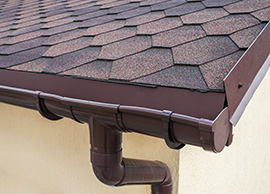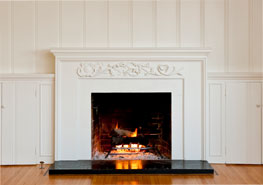The right roof and attic ventilation systems can make your home more energy-efficient and comfortable. 1st State Insulation strives to provide the best ventilation solutions in all our insulation projects.
Contact us online or give us a call today to learn more about our ventilation services and systems!
Airflow & the Importance of Ventilation
Attic ventilation (attic fans and vents) helps ensure proper airflow so moisture from daily activities like cooking, showering, laundry, and washing dishes doesn’t accumulate in the attic and damage the underside of the roof. Without proper ventilation, a whole host of problems can arise, from wood frame cracking and warping to shingle damage.
Roof and attic ventilation is typically provided at:
- Soffits
- Roof ridges
- Knee walls and/or vertical walls
Essentially, airflow goes from low to high in a roof, and it needs to go out the top rather than accumulating on the underside. Ventilation is needed for this.
Comparison of Home Ventilation Systems
A proper attic ventilation consists of intake and exhaust—air must come in and also escape. The U.S. Federal Housing Administration (FHA) recommends a minimum of at least one square foot of both intake and exhaust ventilation for every 300 square feet of attic space.
There are four types of whole-home ventilation systems.
- Exhaust systems are simple to install and can provide reliable ventilation in cold climates.
- Supply systems are easy to install and provide significant control over the system and your ability to reduce indoor air pollution.
- Balanced systems work in all climates.
- Energy recovery/heat recovery ventilators are best suited for lowering your heating and cooling costs.
Our team will help you understand the advantages and requirements for each to help you determine the best system for your home.
Benefits of Attic Ventilation
Proper ventilation of your attic helps prevent the buildup of moisture by exhausting it through the ridge or exhaust vents. Ventilation is crucial, as it reduces the risk of damage to the structure, and it helps maintain a comfortable environment throughout the home. By regulating the temperature within the attic, ventilation also helps protect your roof from damage. Proper ventilation will reduce your energy, maintenance, and repair bills significantly, which makes it a wise investment for your home.
Frequently Asked Questions
Does Ventilation Impact Indoor Air Quality?
Proper airflow is essential for removing dust, debris, pollen, and other allergens from the air. When ducts are damaged or disconnected, these particulates circulate through the home rather than being filtered out.
How Much Ventilation Does an Attic Require?
This depends on the size of the attic, but as a general rule, you will want 1 square foot of net free area (NFA) for every 150 square feet of floor space within the attic area. Check with a professional for guidance on determining the NFA of your attic.
Are More Exhaust Vents Better?
No, more vents are not better. Again, it is a matter of having sufficient ventilation, but not too much ventilation. Too many vents can disrupt airflow and diminish the effectiveness of the system.



